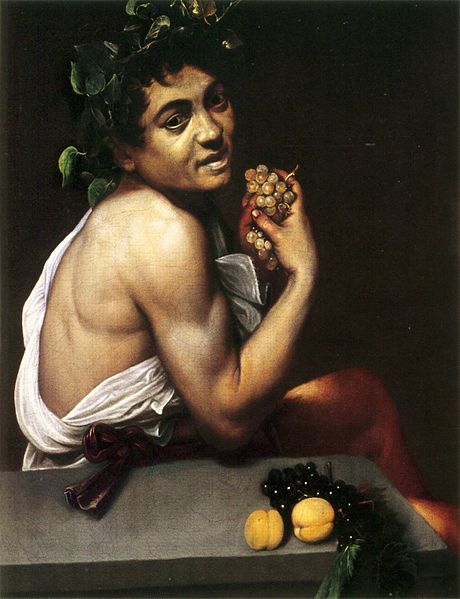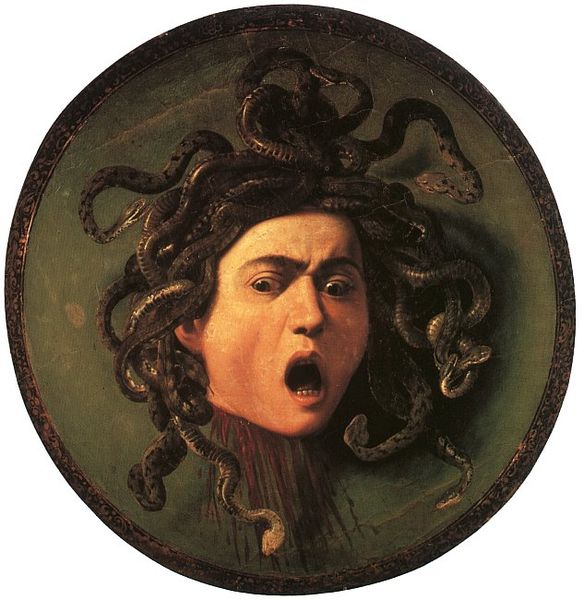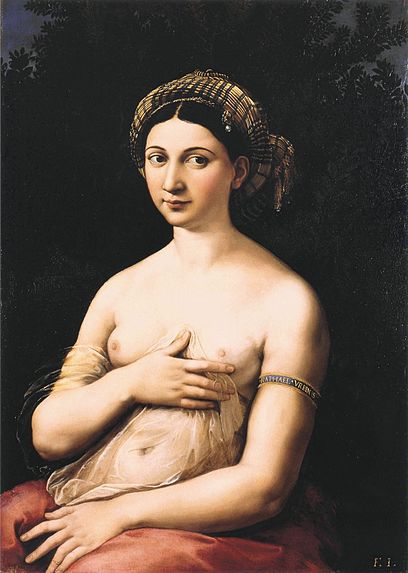What do the names Borghese, Barberini, and Farnese have in common? They were all noble families who vied for power in fifteenth and sixteenth century Italy. They were all incredibly wealthy and, consequently, very powerful; many popes came from these families. What else do they have in common? They all collected art and they kept this art in their fabulous palazzi, which still stand in Rome today and have been turned into museums/galleries.
First, Villa Borghese.
Set in a beautiful park on the edge of center-city Rome, walking to Villa Borghese in pleasant weather is an outing in itself! The gardens are beautiful - tons of people picnicking and dogs chasing balls in the grass...also row boats on the ponds.
The gardens just outside the villa were full of lemons and oranges - just exotic enough to make me feel like I was not in Kansas anymore...
Here is the villa from the outside
and the fountain looking the other direction.
Inside, this place is literally a treasure trove. It used to be a "party palace" for Scipione Borghese, who also used it to house the works of art he patronized (particularly those by Bernini and Caravaggio).
First, the sculptures...first 3 are Bernini and 4th is Canova.
Perfection achieved.
The paintings were pretty incredible too - highlights for me were Titian, Raphael, Caravaggio, and (workshop of) Leonardo.
Titian's Sacred and Profane Love

Raphael's Entombment

Lady with a Unicorn, also Raphael

Lots of Caravaggio, but I'll give you my top three...
Bacchus (said to be self portrait)

David with the Head of Goliath

Boy with a Basket of Fruit

...allegedly, he had a thing for young boys...can you tell? I think yes.
Total side note, but there were a few Caravaggio paintings at the Uffizi in Florence too - you can see the same boy type used in another version of Bacchus
(Bacchus = god of wine)

and Medusa

He was a little terrifying, probably gay, and actually got kicked out of Venice for murdering a gondolier...he fled to Rome and didn't stop working - no one could deny how talented he was.
Back to Villa Borghese, the last painting I was excited to see was this, Leda and the Swan.

The first version of this was painted by Leonardo. It was last recorded as being at the Chateau de Fontainebleau (outside Paris) in 1625 but has been lost since...now considered destroyed. A sketch survives and this painting was done after it by followers of Leonardo. Pretty good even though its not done by the original man himself! The chiascuro (shading around the edges) is what really marks a painting as being by Leonardo (think about the shading around the face of the Mona Lisa - classic Leo) and this definitely follows in that tradition.
Anyway, really loved Villa Borghese. Because it is so popular, you only get 2 hours to spend in the place before they kick you out so you have to make the most of your time (trust me, there is a lot to see!) but you could totally make a day of it by spending time in the park and taking your time walking to and from the palace.
Moving onto another noble Italian family...the Barberini.
The Barberini rose to the height of power when Maffeo Barberini was elected pope (Pope Urban VIII) in 1623. The family's crest consists of three bumble bees and you see these everywhere in the architecture.

It also houses an art collection with a few highlights...but first the cats.
I was loving these guys, lazily soaking up the sun and watching museum goers walk by...this one looks like a Morris.
Moving inside...the staircase is incredible.

Borromini (Italian architect, 1599-1667, student of Michelangelo) designed this staircase.
The highlight for me was this...
Raphael's La Fornarina

This is interesting because it is said to be Raphael's mistress...she worked at the bakery down the road from Raphael and apparently, nobody noticed the ring on her finger before the painting was cleaned in the twentieth century. The band on her arm reads RAPHAEL URBINAS
The painting was still in Raphael's studio when he died but his assistant, Giulio Romano, sold it.
There was more Caravaggio here...Judith Beheading Holofernes, Narcissus, and St. Francis in Meditation but at this point, we've seen enough of him!
Last but not least, Villa Farnese.
The Farnese Family was another powerful and influential family who rose to the height of power when one of their own was also elected pope - Alessandro Farnese became Pope Paul III in 1534. Consequently, his sister Giulia Farnese was the mistress of the Borgia pope, Pope Alexander VI (this is the pope that the HBO show Borgia is centered around - arguably one of the most controversial and unholy popes that has ever held the job) and because of her influence, her brother Alessandro was made a cardinal. He then climbed the ladder from cardinal to bishop to pope and remained in the papacy until his death in 1549. There are a few Titian portraits of him, both as a cardinal and as pope.
Moving on, the Farnese family villa on the edge of Rome is called Villa Farnesina, but this was not its first name. It was first built for the Italian banker Agostino Chigi. Chigi was a close friend of the Borgia pope Alexander VI...he loaned him considerable amounts of money and threw lavish parties to entertain the popes in his villa on the banks of the Tiber. Just like all Italian families, there was a huge rivalry between the Borgia and Farnese families (despite Giulia's liaisons with the Borgia pope) and when Alessandro Farnese became pope, anyone that was a friend of the Borgias was not a friend of his. He bought the villa and named it after his family - it has been called Villa Farnesina ever since.
Alessandro probably bought the place intact - it had been beautifully decorated. Chigi was a huge patron of the arts and employed artists like Raphael, Sebastiano del Piombo, and Giuilo Romano to fresco the walls and ceilings...and they are incredible. Just take a look...
Loved the illusionism here...those legitimately look like curtains! It really is just plain paint though, I promise (...I might have touched it)
the stairway upstairs to the bedrooms
this is a bedroom
and the walls - how cool is this?! Everything behind the gray line on the floor is legitimately just painted wall...I was impressed.
and the crowning glory - the fresco by Raphael called The Triumphs of Galatea
Pretty sweet!
But enough Italian Renaissance nobility for one day I'd say.




















No comments:
Post a Comment